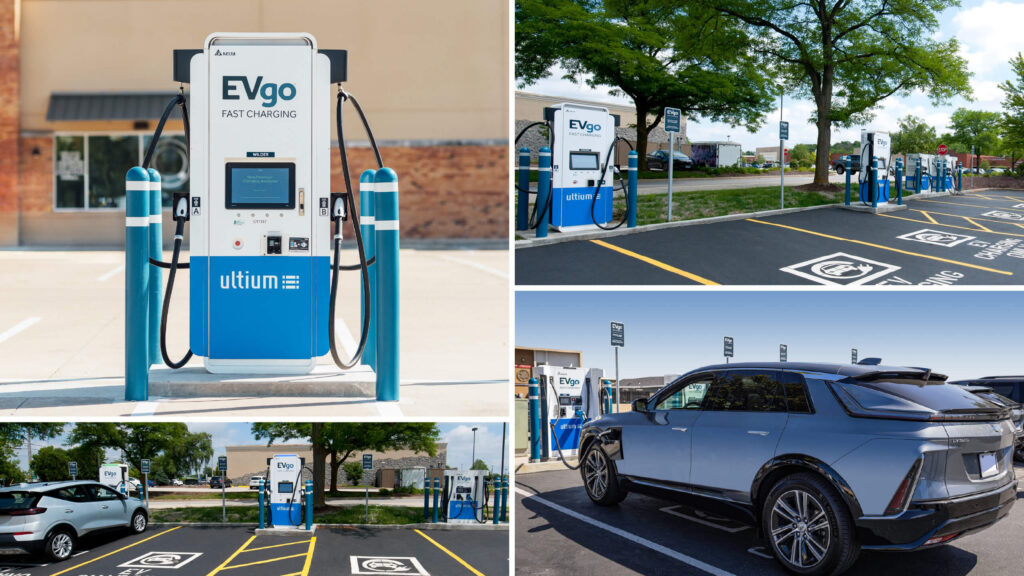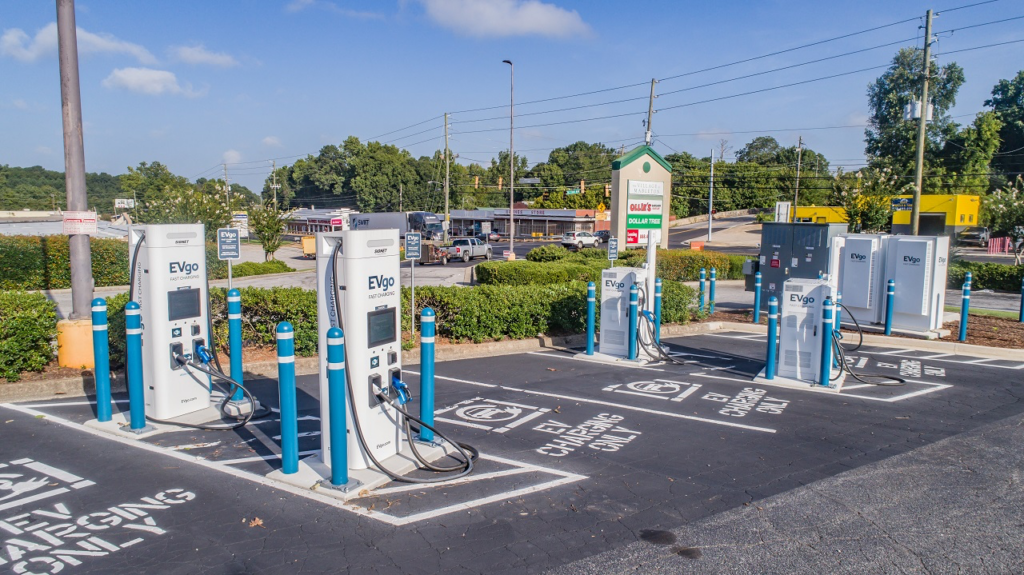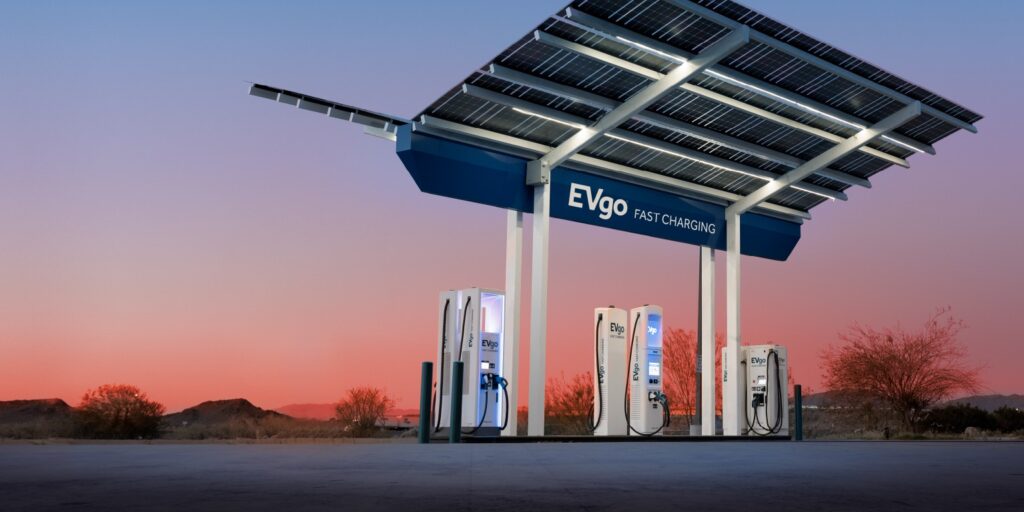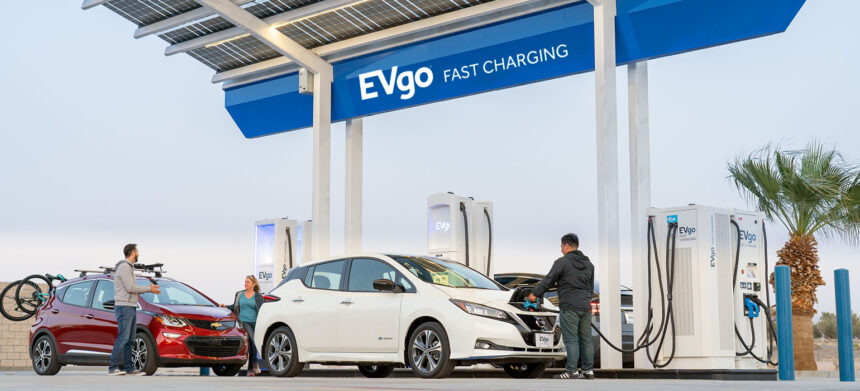General Motors (GM) and EVgo are transforming the electric vehicle (EV) charging experience by introducing a new network of fast-charging stations that resemble traditional gas stations. This innovative approach aims to make charging more convenient, accessible, and user-friendly for EV drivers across the United States. The first of these redesigned stations will open next year, setting the stage for a new era in EV infrastructure.
What’s Happening & Why This Matters
GM and EVgo have teamed up to enhance the EV charging landscape with a focus on convenience and speed. The collaboration began several years ago, with both companies working to establish a robust network of fast chargers. Today, they have revealed a new concept for charging stations that include large, well-lit canopies and high-power chargers—features typically associated with gas stations. This design will create a familiar and comfortable environment for EV drivers, reducing concerns about safety and ease of use, especially at night.

The new stations will feature pull-through access, which allows drivers to drive straight in or out, much like at a traditional gas pump. This setup will especially benefit those towing trailers, as it eliminates the need for awkward parking maneuvers that are often required with standard EV chargers.
Key Features of the New Charging Stations
- Design and Layout: The stations will have a large canopy branded with both EVgo and GM Energy logos, similar to a gas station, providing ample lighting and security. This design aims to enhance safety and visibility, which addresses common complaints about the dimly lit and secluded locations of many existing fast chargers.
- Charging Capabilities: The chargers will offer up to 350 kW of power, significantly reducing charging times for 800V EVs. The stations will support both J3400 (formerly NACS) and CCS1 plugs, aligning with GM’s recent adoption of the J3400 standard and EVgo’s support for multiple connector types.
- Flexibility and Scalability: There won’t be a fixed number of chargers at each location; most sites will have up to 20 stalls, with some offering even more. The new stations will be located across the country, including key metropolitan areas in states such as Arizona, California, Florida, Georgia, Michigan, New York, and Texas.
- Network Expansion: The initiative builds on the existing GM and EVgo partnership, which has already deployed 1,000 chargers, with plans to reach 2,000 by the end of this year. Additionally, they are working with Pilot Travel Centers to install another 2,000 chargers at Pilot and Flying J locations, aiming for 200 sites by year-end.
Impact
These new charging stations represent an effort to make EV charging as seamless and familiar as filling up a gas tank. According to Dennis Kish, President of EVgo, the future of EV charging lies in creating large, accessible locations with high-power capabilities and customer-friendly features like pull-through access and covered amenities. Wade Sheffer, GM Energy’s Vice President, emphasized the importance of providing reliable and convenient charging solutions that meet the evolving needs of EV drivers across the country.

TF Summary: What’s Next
GM and EVgo plan to open the first of these new stations next year, with a broader rollout expected through 2025. As they expand their network, these companies are setting the stage for an easier and more accessible EV charging experience, potentially encouraging more drivers to switch to electric vehicles. By making charging more convenient and addressing common pain points, GM and EVgo hope to play a pivotal role in the transition to a more sustainable transportation future.

— Text-to-Speech (TTS) provided by gspeech


